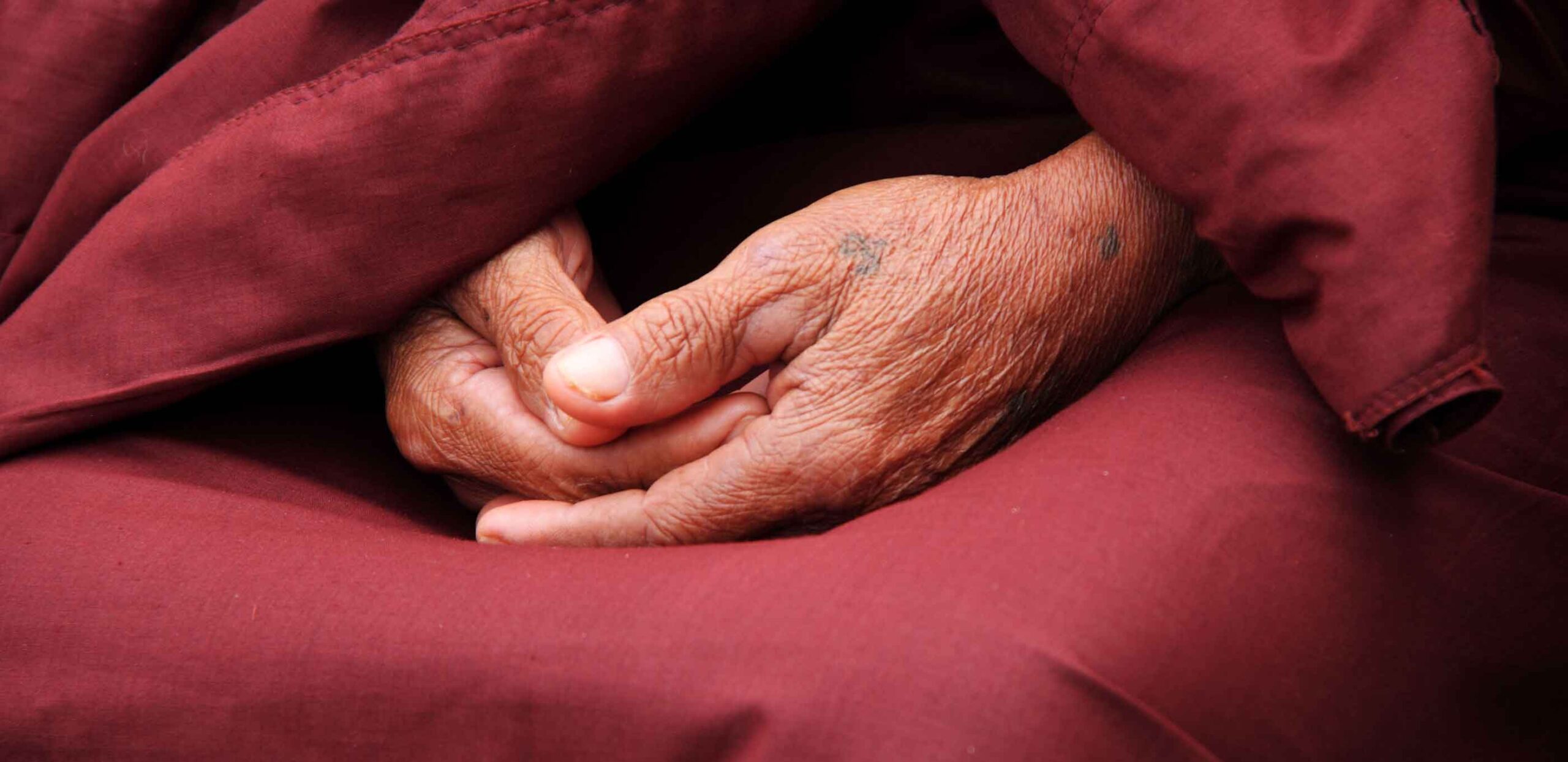Older people
needs
expectations
life
emotions
wishes
Know more about
your elderly
Human-Centred Design methods

"Elders are unique in their relationships with products."
Many of the assistive robotics have been designed with little consideration of the social, aesthetic and emotional relationships that the elderly will establish with the product. The key factors of future assistive robotic products, therefore, must not be based exclusively on the functionality and efficiency of completing the objectives: they must also include those interactions based on attractiveness, convenience and the absence of stigma. For all users but, specifically, for elderly and frail users, elements such as accessibility, ease of use, reliability will be fundamental. The acceptability of technology, especially for elderly and frail users, is currently a delicate issue, whose evaluation parameters offer many challenges to research in design. In fact, the interaction that users establish with assistive robots and all the technologies related to them, represent those factors that define the experience of aging itself.
“Elders are unique in their relationships with products for several reasons. First, elders generally have fewer reasons to make relations with new products as they age. (…) Second, elders may adopt or ignore products based on how they reinforce personal identity and values, particularly during the transition to smaller homes and new communities. For example, housewares, art objects, furniture, clothes, and jewelry provide a clear message to the community about who an elder is and even the status enjoyed in adult life. Third, sometimes products designed specifically for elders (particularly assistive products) are stigmatizing and demeaning. These products are often not used at all or are modified to serve marginal uses. Product breakdowns like these create a gap between elder and environment, sometimes resulting in danger, isolation, and eventually institutionalization.” (Forlizzi et al., 2004).